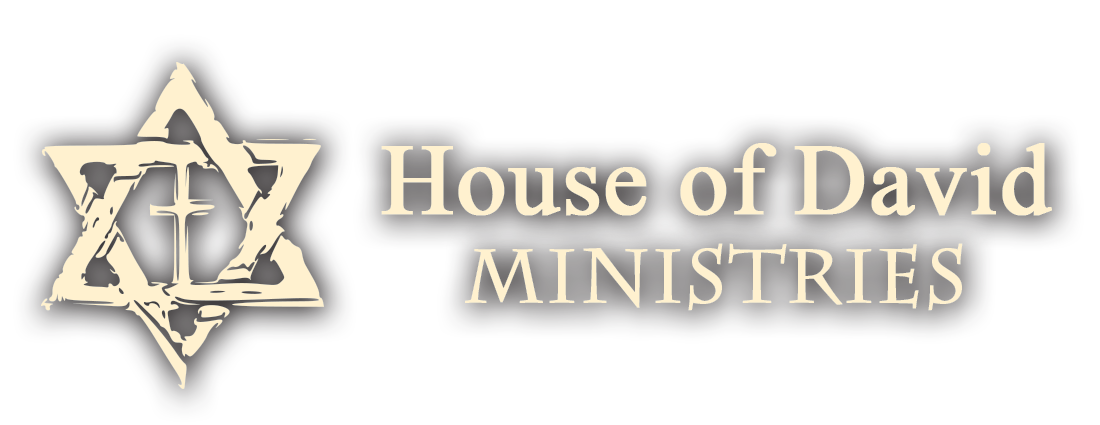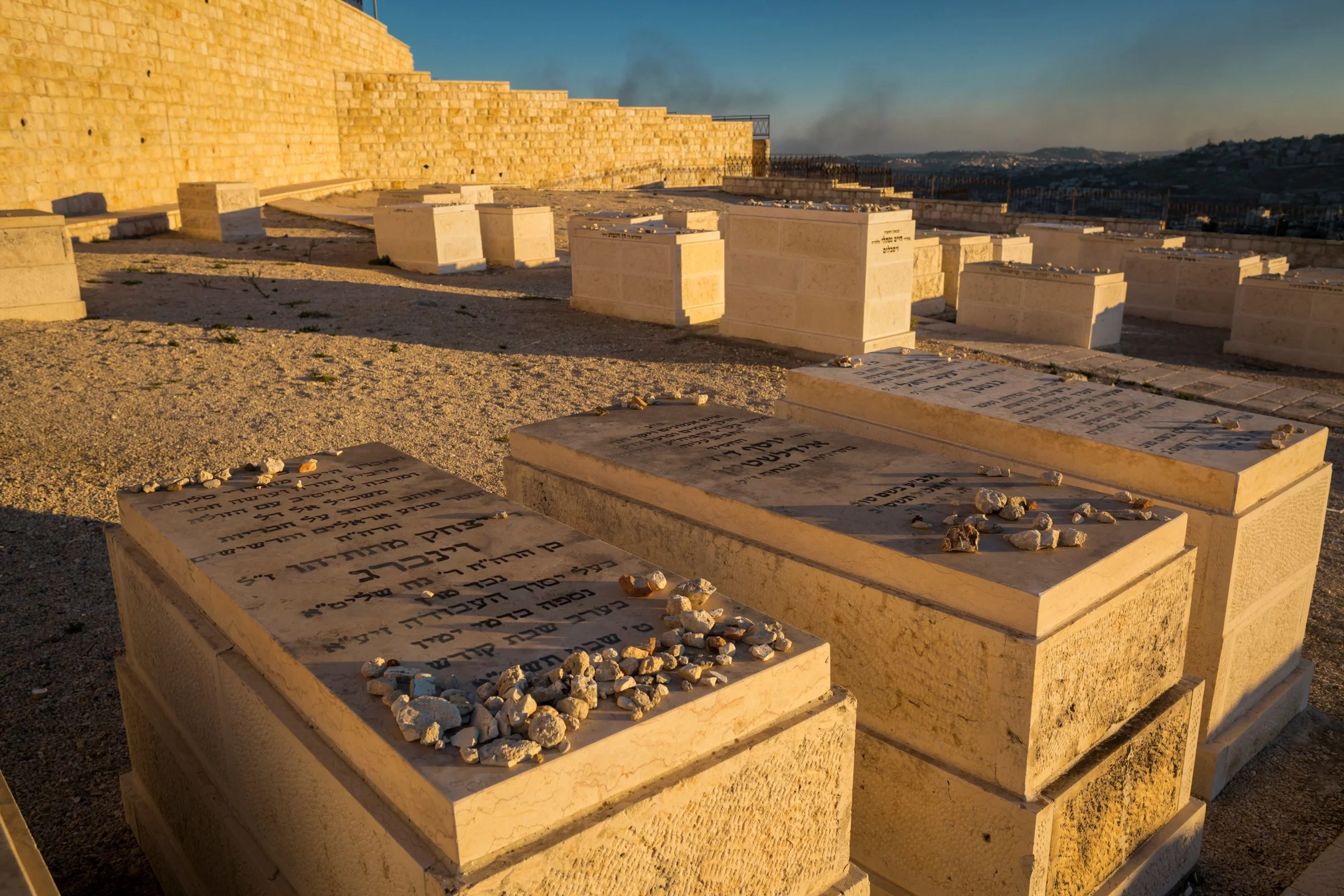The Book of Daniel gives us the timeframe for the tribulation—seven years. However, Revelation provides considerable detail and specificity about what will occur during this period. Some chapters in the Book of Revelation are parenthetical, providing a broader timeframe for more detailed events. For example, Revelation chapter twelve provides an overview of Israel’s struggle with Satan for the past two thousand years, beginning with the birth of Christ and culminating in the time of Jacob’s trouble. Another example is in chapter thirteen, where we read about the rise of the Antichrist (the beast from the sea) and the false prophet (the beast from the earth). This chapter provides more detailed information about the kingdom of the Antichrist, revealed earlier in chapter six, which begins in the first year of the tribulation. Therefore, recognizing these parenthetical chapters is essential to interpreting the prophetic timeline.
God's Holy Calendar and The Return of Christ
The seventieth week of Daniel is divided into two periods of three and one-half years.[i] We can associate eschatological prophecies from this mid-point with explicit signs of the seven-year tribulation called out in Revelation. We read, “Then he shall confirm a covenant with many for one week; But in the middle of the week He shall bring an end to sacrifice and offering. And on the wing of abominations shall be one who makes desolate, Even until the consummation, which is determined, Is poured out on the desolate” (Daniel 9:27).
The Antichrist, False Prophet, and Mystery Babylon
The Thessalonian church believed the tribulation had already begun, and considering the immense persecution they were experiencing, it is not surprising they thought so. However, Paul corrected them, saying, “Let no one deceive you by any means; for that Day will not come unless the falling away comes first, and the man of sin is revealed, the son of perdition” (2 Thessalonians 2:3). The man of sin is also called “the lawless one.” Jesus said, “Because lawlessness will abound, the love of many will grow cold” (Matthew 24:12). While the world has seemingly been increasing in lawlessness, Jesus also said, “And this gospel of the kingdom will be preached in all the world as a witness to all the nations, and then the end will come” (Matthew 24:14).
The Seven-Year Tribulation
The disciples came to Jesus privately and asked: What will be the sign of Your coming, and of the end of the age? Jesus responded by quoting the prophets, saying, “Immediately after the tribulation of those days the sun will be darkened, and the moon will not give its light; the stars will fall from heaven, and the powers of the heavens will be shaken” (Matthew 24:29). Notice, He said these signs in the heavens would occur after the tribulation, not before it. The word “tribulation” is used in scripture to describe the trials and persecution of believers in this world. But it also pertains to a seven-year period of God’s final dealing with Israel’s rebellion and His judgment against the nations, culminating with the destruction of the Antichrist and the armies who follow him. God will also judge the prince of this world, Satan, and all the wicked principalities of this evil age.
The Resurrection and Rapture
The Apostle Paul said, “Behold, I tell you a mystery: We shall not all sleep, but we shall all be changed—in a moment, in the twinkling of an eye, at the last trumpet. For the trumpet will sound, and the dead will be raised incorruptible, and we shall be changed. (1 Corinthians 15:51-52); “For the Lord Himself will descend from heaven with a shout, with the voice of an archangel, and with the trumpet of God. And the dead in Christ will rise first. Then we who are alive and remain shall be caught up together with them in the clouds to meet the Lord in the air. And thus we shall always be with the Lord” (1 Thessalonians 4:16-17).
The Doctrine of The Last Days
The term “eschatology” comes from the Greek eschatos, meaning “last,” and logos, meaning “subject matter.”[i] Therefore, eschatology is the doctrinal study of prophetic events in this present age that will be fulfilled in the last days leading up to the return of Christ. It also includes events that will occur in the age to come after Christ’s return, including the Millennium, the final “great white throne of judgment,” the New Jerusalem, and the new heaven and earth. Prophecy in this study deals with predicted future events given to Israel, many of which were fulfilled at Christ’s First Advent, and all remaining predictions that will be fulfilled at His Second Advent. We read in Daniel, “Seventy weeks are determined For your people and for your holy city… To seal up vision and prophecy…” (Daniel 9:24). When the One who was predicted to come, Jesus, has returned to dwell with His people, there is no longer a need for predictions. All predictions will have been fulfilled, and all visions and prophecies will be sealed forever.
The Fallen Angels
The reference to demons occurs frequently in the Bible. Jesus recognized their existence, as did the seventy disciples He sent out and the Apostle Paul. As believers, we are admonished to always focus on the Lord and never give the hosts of darkness any meaningful prominence in our lives. We rejoice in God’s victory, believing in His triumph over the demons. However, ignoring them is foolish, and they should be respected for their power but never feared. Angels are referenced more than three times as often as demons. So, let us always remember the words of Elisha: “Do not fear, for those who are with us are more than those who are with them… Lord, I pray, open his eyes that he may see” (2 Kings 6:16-17).
The Angel of The Lord and His Heavenly Hosts
We begin with the Cherubim and Seraphim angels, their ministry to God, and the Tabernacle of Moses. Cherubim first appeared at the Garden of Eden entrance and later in constructing the Tabernacle and the Ark of the Covenant. Inferring a correlation to the Garden of Eden, Cherubim were woven into the inner veil that separated the holy of holies. Our Sages wrote that Cherub angels have a child-like appearance, hence their portrayal in Christian art as babies with wings. Ezekiel refers to them nineteen times, with many believing they are synonymous with the four living creatures described in Revelation. In his vision, he saw four Cherubim angels in the midst and around the throne of God, ministering to the Lord.
The Doctrine of Angels
The Bible opens with God’s declaration of His creation of the heavens and the earth: “In the beginning God created the heavens and the earth” (Genesis 1:1). The verse tells us that from the beginning, God created two worlds: the physical universe and the unseen heavenly or spiritual realm. Even though invisible, we must never forget that this spiritual realm is created, and within it are the spiritual beings that inhabit this domain—the angels.
Ordinances of The Church
The ordinances of the church also called sacraments, are outward rites and symbolic observances given by Jesus and are considered outward signs of the inward work of the Holy Spirit in our born-again and ongoing regenerative experience. The term “ordinance” comes from the Latin ordo, meaning “row” or “order,” and by this etymology, it also means “an authoritative decree or direction.” Sacrament originally meant “an oath of allegiance” and was taken similarly by newly enlisted soldiers.
The Mission of The Church
The church's primary mission is to preach the Gospel, make disciples who will preach the Gospel, and make more disciples. This is the “great commission.” However, making disciples has an objective: to bring people into the Kingdom of God. The Kingdom of Heaven and the Kingdom of God are used more than one hundred times in the New Testament. The book of Matthew uses the terms “Kingdom of Heaven” and “Kingdom of God” interchangeably. The other three gospels use the term “Kingdom of God” exclusively. The Hebrew word for “heaven” is shamayim, which the Jewish people used as a circumlocution (substitute) for the name of God. So, the Kingdom of Heaven is also a reference to the Kingdom of God—they are the same.
Organization and Leadership of The Church
There has recently been a resurgence in the study of the early church, comparing it to how the church is structured and organized today. However, early Christians did not have denominations, documented theology, or church buildings. The New Testament would not be entirely written for almost a century or canonized for another four hundred years. During the first three centuries, Christians gathered in homes, and many remained connected with their synagogues and assembled at the Temple in Jerusalem before it was destroyed.













